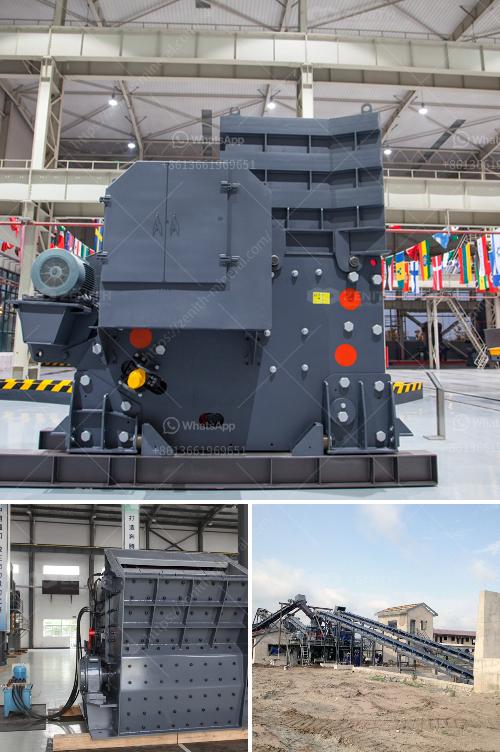Designing and setting up a 5 tonnes per hour (tph) wolframite processing plant requires careful consideration of several factors to ensure efficiency and effectiveness. Here’s a brief overview of what you need to consider and the typical process flow:
Key Considerations
- Location and Infrastructure: Ensure the plant is located near the mining site to reduce transportation costs. Adequate water supply, power, and access roads are essential.
- Feed Material: Understand the characteristics of the ore, including grade, size distribution, and mineral associations.
- Environmental Regulations: Comply with local environmental and safety regulations.
Typical Process Flow
-
Crushing and Screening:
- Primary Crushing: Use jaw crushers to reduce the size of the mined wolframite ore.
- Secondary Crushing: Use cone crushers or impact crushers to further reduce the size.
- Screening: Use vibrating screens to classify the crushed material by size.
-
Grinding:
- Use ball mills, rod mills, or SAG mills to grind the ore to achieve the desired particle size for liberation of wolframite.
-
Concentration:
- Gravity Separation: Given that wolframite is heavy, use jigging, spirals, or shaking tables to separate it from lighter gangue minerals.
- Magnetic Separation: Utilize high-intensity magnetic separators to further concentrate the wolframite since it is paramagnetic.
-
Flotation (Optional):
- Depending on the ore characteristics, flotation cells may be used to separate wolframite from other sulfide minerals.
-
Thickening and Dewatering:
- Use thickeners to concentrate the slurry and filter presses or centrifuges to remove excess water from the concentrate.
-
Tailings Management:
- Design an effective tailings disposal system to manage the waste material generated from the processing plant.
Equipment Needed
- Crushers (Jaw, Cone, Impact)
- Grinding Mills (Ball Mill, Rod Mill, SAG Mill)
- Classifiers (Screens, Hydrocyclones)
- Gravity Separators (Jig, Spiral, Shaking Table)
- Magnetic Separators
- Flotation Cells (if applicable)
- Thickeners and Filters
- Pumps and Piping Systems
Operational Considerations
- Skilled Workforce: Ensure your team is trained to operate and maintain the equipment efficiently.
- Continuous Monitoring: Implement consistent monitoring and control systems to maintain optimal operating conditions.
- Quality Control: Regularly sample and analyze both feed and product to ensure the desired product quality is achieved.
Conclusion
Setting up a 5tph wolframite processing plant involves careful planning and execution to ensure efficient recovery of wolframite with minimal environmental impact. Consulting with experienced engineers and suppliers can help streamline the process and avoid potential pitfalls.

